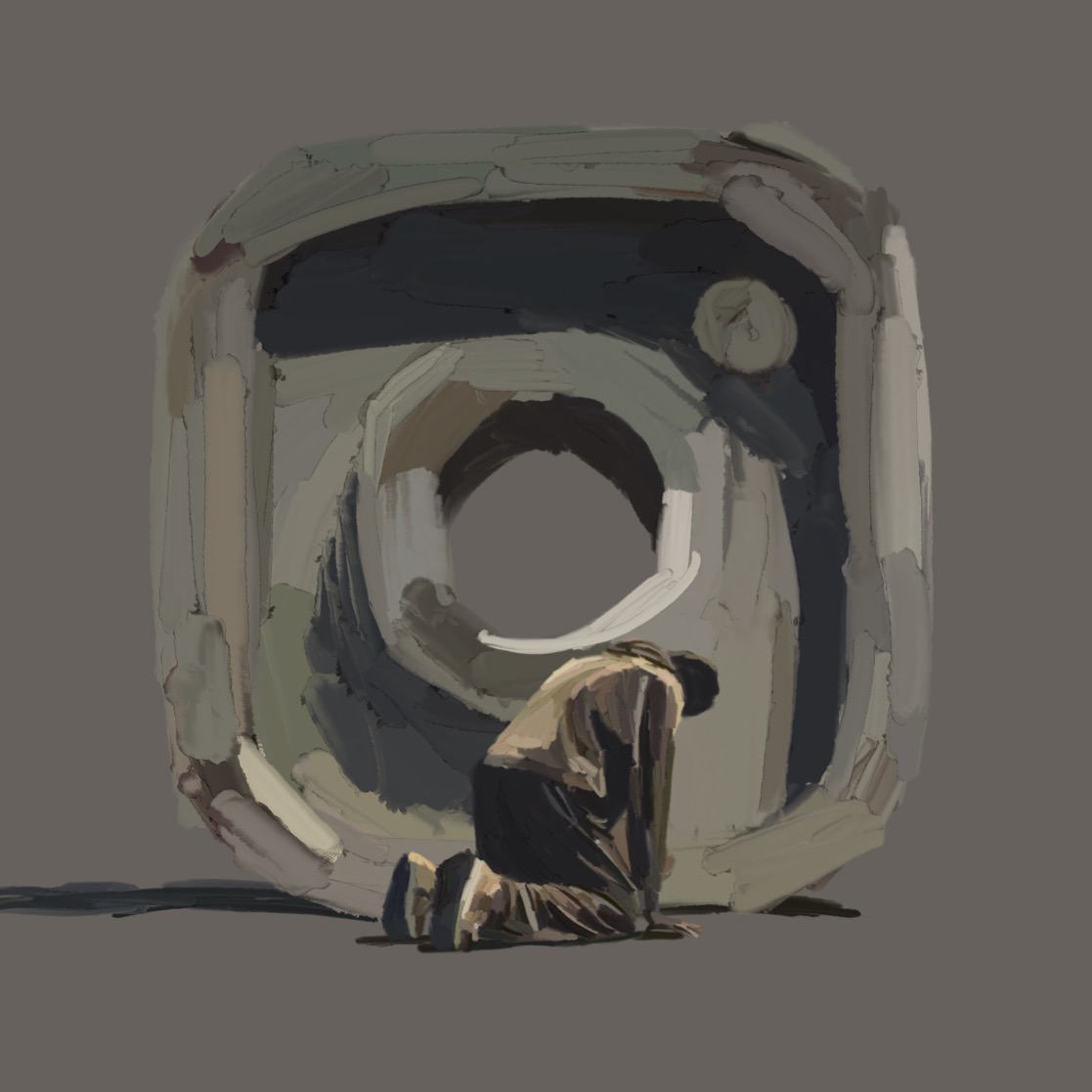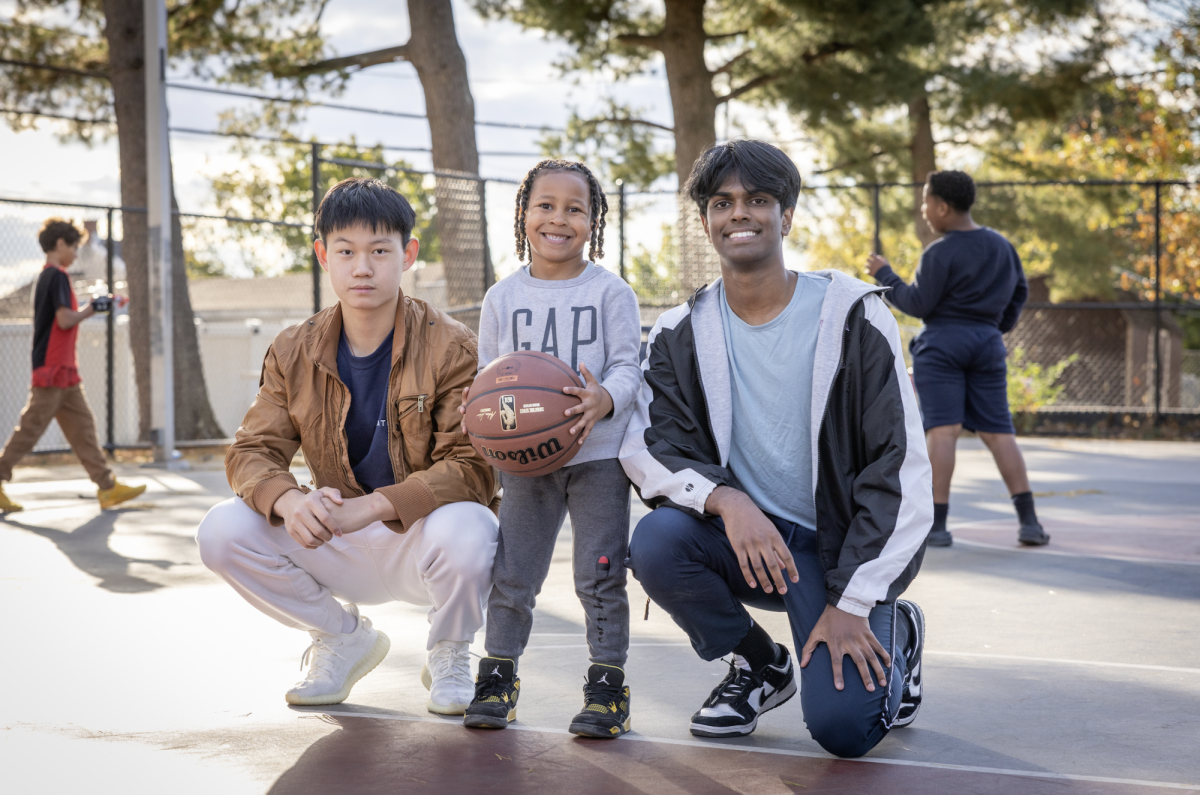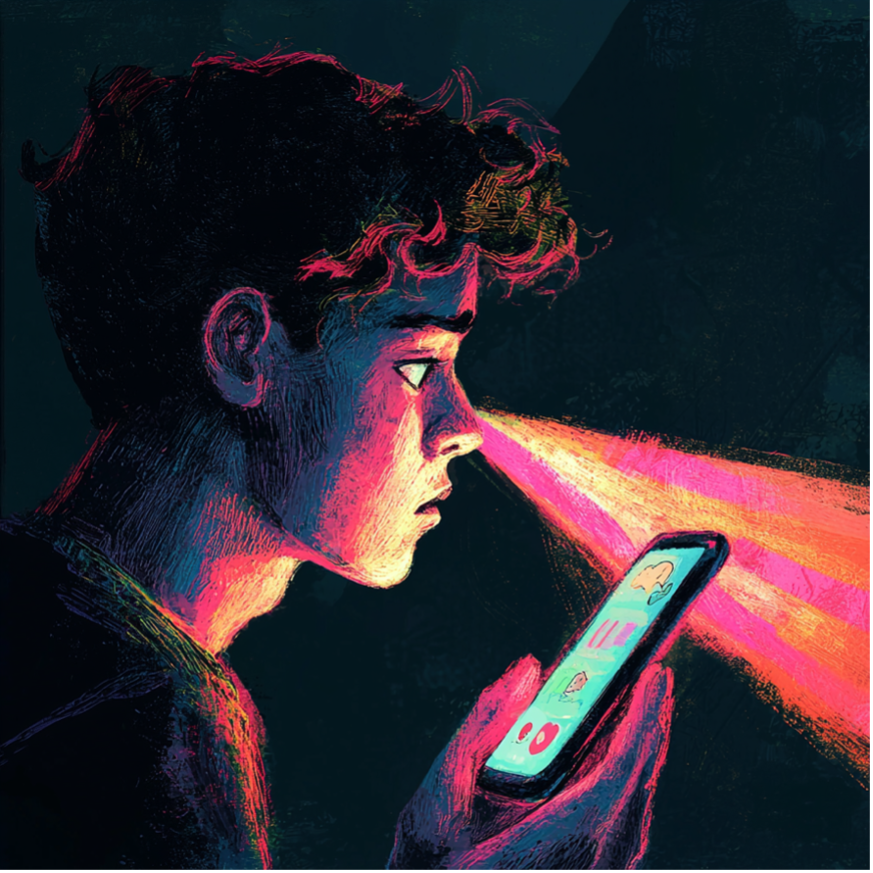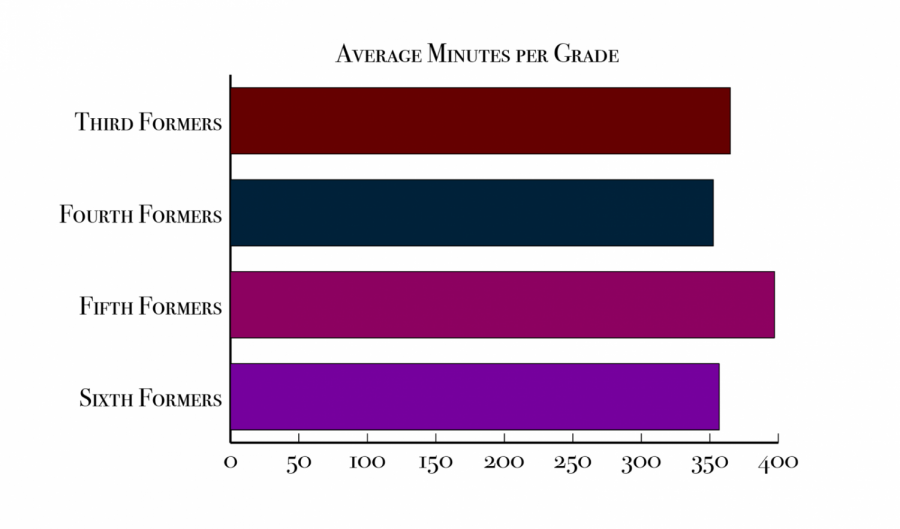Screen time shifts as Hill students return to campus
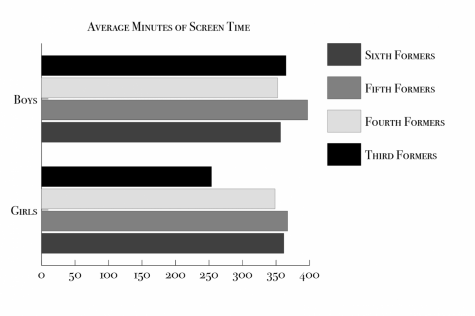
students return to campus
Coming out of a pandemic, with social contact being obsolete and discouraged for almost a year, it makes sense that people now gravitate toward their devices. As we hopefully approach the tail end of COVID-19, students are beginning to recognize this. Especially as teenagers around the country are returning to full-time school and life returns to “normal,” it is becoming necessary to curb these behaviors.
During the height of the pandemic in March 2020, devices were the only way to communicate. Teenagers and their friends were staying up late, FaceTiming all night, and playing video games. What started as a fun break from school has dragged on to almost a year of social distancing, limited contact, and a dependence on technology in almost all aspects of life.
“Children’s Screen Time Has Soared in the Pandemic, Alarming Parents and Researchers,” read the title of a New York Times article published on Jan. 16. Keith Humphreys, a professor of psychology at Stanford University who is an addiction expert and who served as a senior adviser on drug policy for President Barack Obama, noted, “There will be a period of epic withdrawal,” as children pull away from digital immersion.
For some students returning to campus, Hill’s schedule has made it easier to stay off of devices. However, others are finding that their screen time is rising.
Head Prefect Aidan Dunn ’21 noted, “Being back on campus now, my screen time has gone down for sure. I’m busier now with Hill’s strict schedule.”
Because the days are so busy with class, lunch, chapel, advisory, and after-school activities, it becomes easier to stay off of phones and other electronics. Similarly, on campus, there is less of a craving for social media and communication apps like iMessage and FaceTime. As Dunn said, “Now that I’m with them, who else is there to text?”
On the other hand, Tess Gray ’21 explained, “I think my screen time has gone up since I’ve been at Hill. I work a lot when I’m home, but here I weirdly have more free time and fewer activities to fill it with.”
While the use of technology comes with numerous benefits, like improved efficiency for businesses and schools, the ability to safely learn, and allows communication, social media has a massive negative impact on teenagers today.
According to the National Education Association, research from late 2018 suggests that “social media is increasing student anxiety and depression, eclipsing any positive role it could possibly play.” While online resources for students can have a positive impact on learning, the American Academy of Child and Adolescent Psychiatry found that in 2018, “95% of teens that have used social media.” The use of social media carries so many negative effects that it becomes difficult to strike a balance.
Ari Baum, dean of students, argued that “screen time is healthy. Like anything else, it needs to be moderated,” he said, adding that the benefits of technology, especially during a pandemic, can possibly outweigh the negatives. He added, “Especially for fighting against injustices around the world, the ability for people to connect more substantively on shared beliefs that would not be possible without smartphones, screen time, et cetera, is a luxury.”
The use of technology varies from teen to teen, from social media to texting to learning virtually. This infrastructure of connectivity has proven to be a massive help during the COVID-19 pandemic, but students and adults alike must learn how to balance screen time with real life.



